SPRIND Challenge Carbon-to-Value starts with five teams
At the Paris Climate Conference, the decision was made to limit the increase of average global temperature to two degrees Celsius in order to prevent drastic effects of climate change. Essential to this is reducing CO₂ emissions. However, this will not be enough: In addition, gigantic amounts of CO₂ must be removed from the atmosphere again.
Various processes already exist today that make it possible to remove CO₂ from the atmosphere. For example, innovative companies have developed processes in which air is sucked in by huge fans, the CO₂ is captured and then stored in geological formations. However, these processes are very expensive, costing several hundred euros per ton of CO₂ removed. In addition, even the largest of these plants today can capture and store a maximum of 4,000 tons of CO₂ per year. Technological progress will ensure that costs will fall in the future and the quantities of CO₂ removed will increase significantly. It remains completely open whether this technological progress, driven by financing with (voluntary) climate certificates, will be sufficient to handle the necessary volume of billions of tons of CO₂ annually.
Therefore, new solutions are needed that make the long-term storage of large amounts of CO₂ sustainable and economical. This is exactly where SPRIND's Carbon-to-Value Challenge comes in. The aim of the Challenge is to develop processes that convert atmospheric CO₂ into products that can be stored over the long term and retain their value - by using scalable processes.
SPRIND is now supporting five of these possible solutions - because the teams behind them have been selected to start the second SPRIND Challenge Carbon-to-Value with their promising approaches. In a two-stage selection process, the international jury consisting of scientists, innovators, entrepreneurs and investors selected the most promising ideas from 66 submissions at the end of April. The jury members Anne Lamp, Richard Templer, Carlos Härtel, Mark Hartney and Henrik Pontzen were able to contribute their expertise as well as their experience in implementing radical innovations.
DIVERSE SOLUTIONS FOR A MAJOR CHALLENGE
The fact that there is no universal solution for the removal of CO₂ is also shown by the diversity of the teams participating in the Challenge.
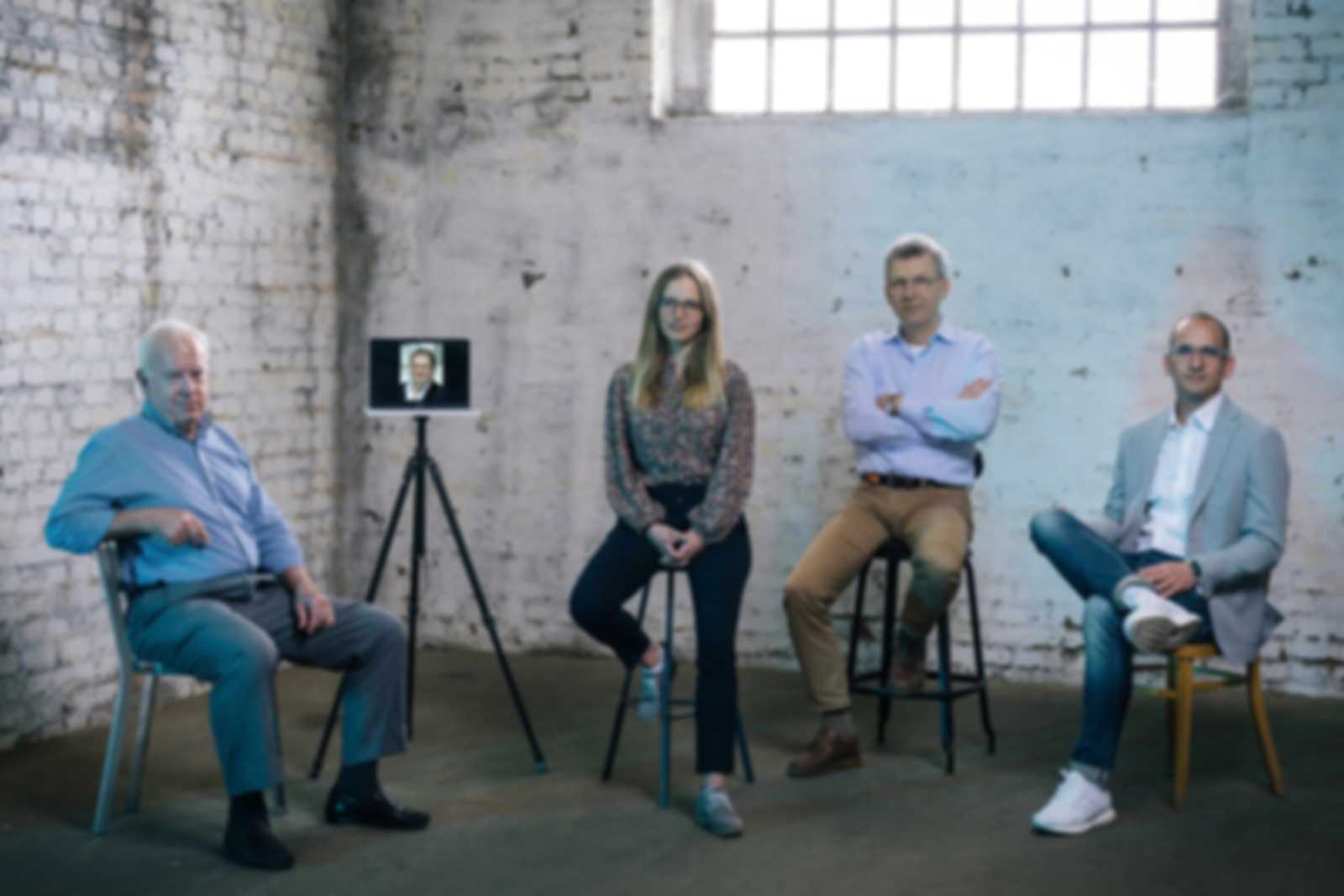
ROBINIA
Team ROBINIA, made up of representatives from Fraunhofer IWS Dresden, Fraunhofer WKI Braunschweig, STRAB Ingenieurholzbau Hermsdorf GmbH and LEAG Cottbus, is researching a substitute for concrete and steel structures. They are developing a composite material from the fast-growing and very robust tree robinia. This composite material is to be used in the construction of bridges and wind turbines and, even untreated, will withstand 80 to 100 years of weathering.
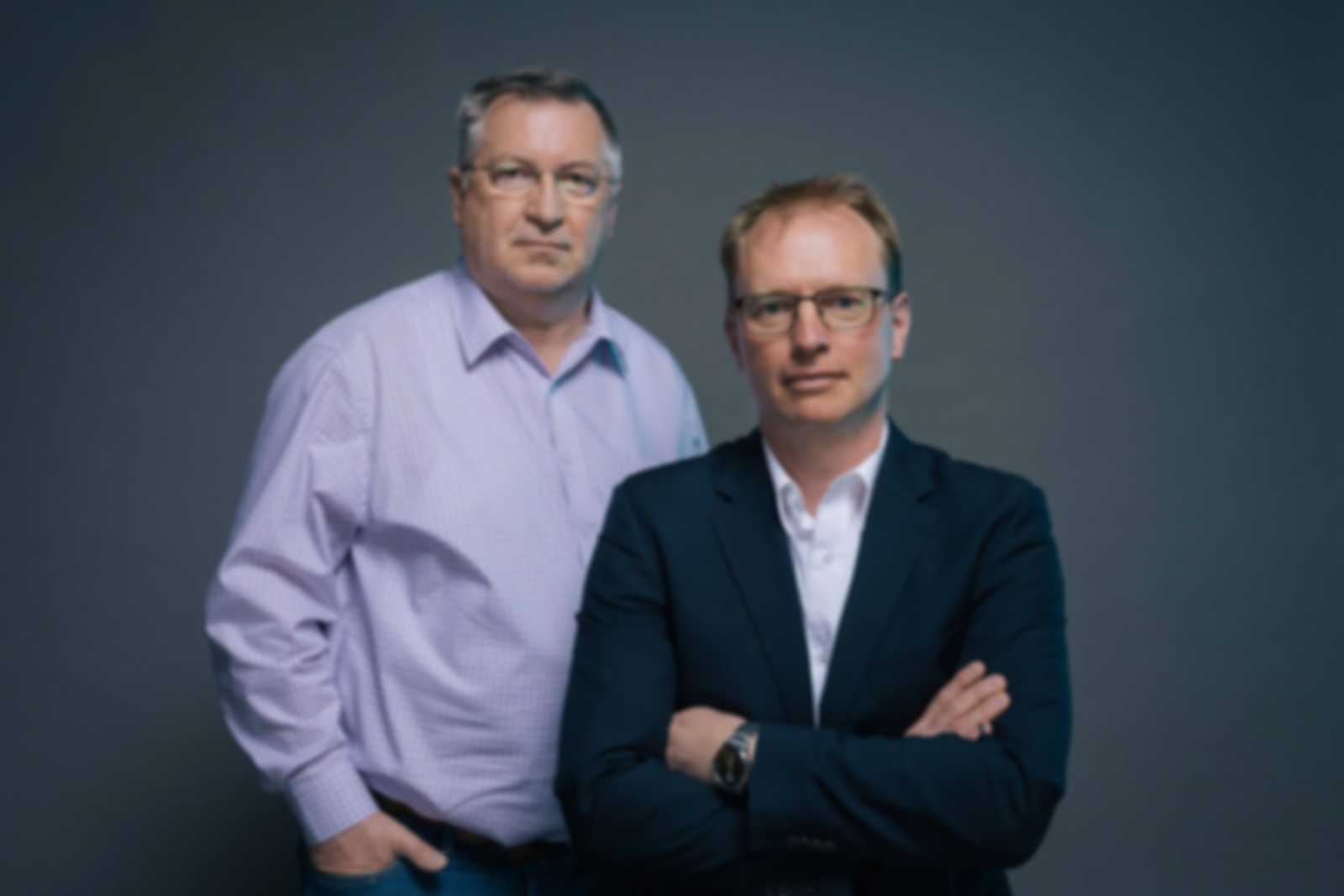
Carbon-to-Concrete
Concrete is the starting point for two teams that want to revolutionize the construction industry, which alone is responsible for eight percent of global greenhouse gas emissions. To this end, the Carbon-to-Concrete project of OCS GmbH is developing a cement substitute that focuses on the mineral olivine. Through proper processing, the company aims to make concrete CO₂-negative, removing up to 300 kilograms of CO₂ per ton of concrete from the atmosphere.
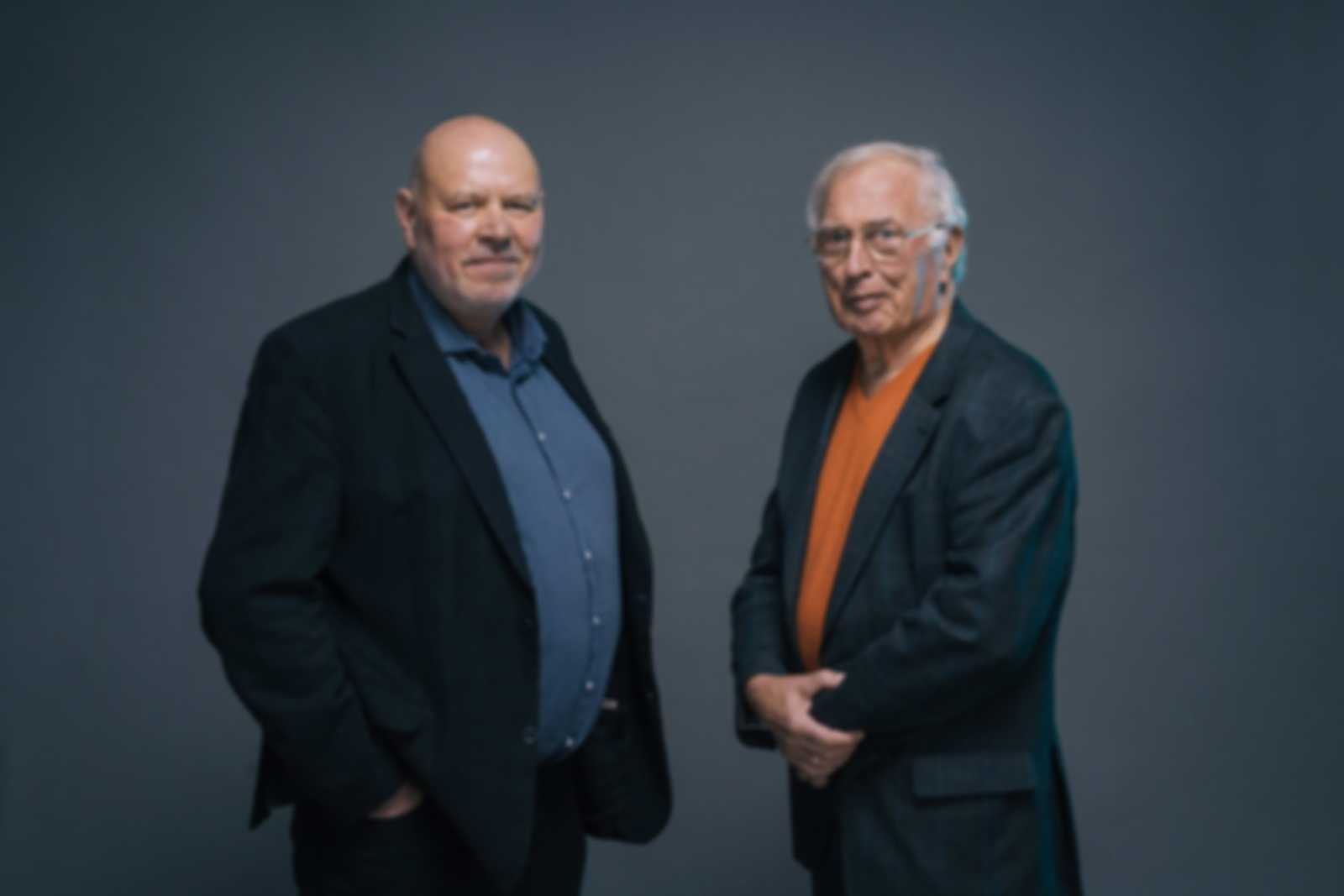
Carbo Culture
Carbo Culture is a Finnish company that sequesters carbon from waste biomass. Their patented technology (CarbolysisTM) produces high-quality biochar that can be used in concrete to reduce the environmental footprint and as a heat conductor. As a longer-term end use, it could increase the value of sequestered carbon and provide additional revenue for carbon removal. Thus, the price of carbon removal can be reduced while it scales.
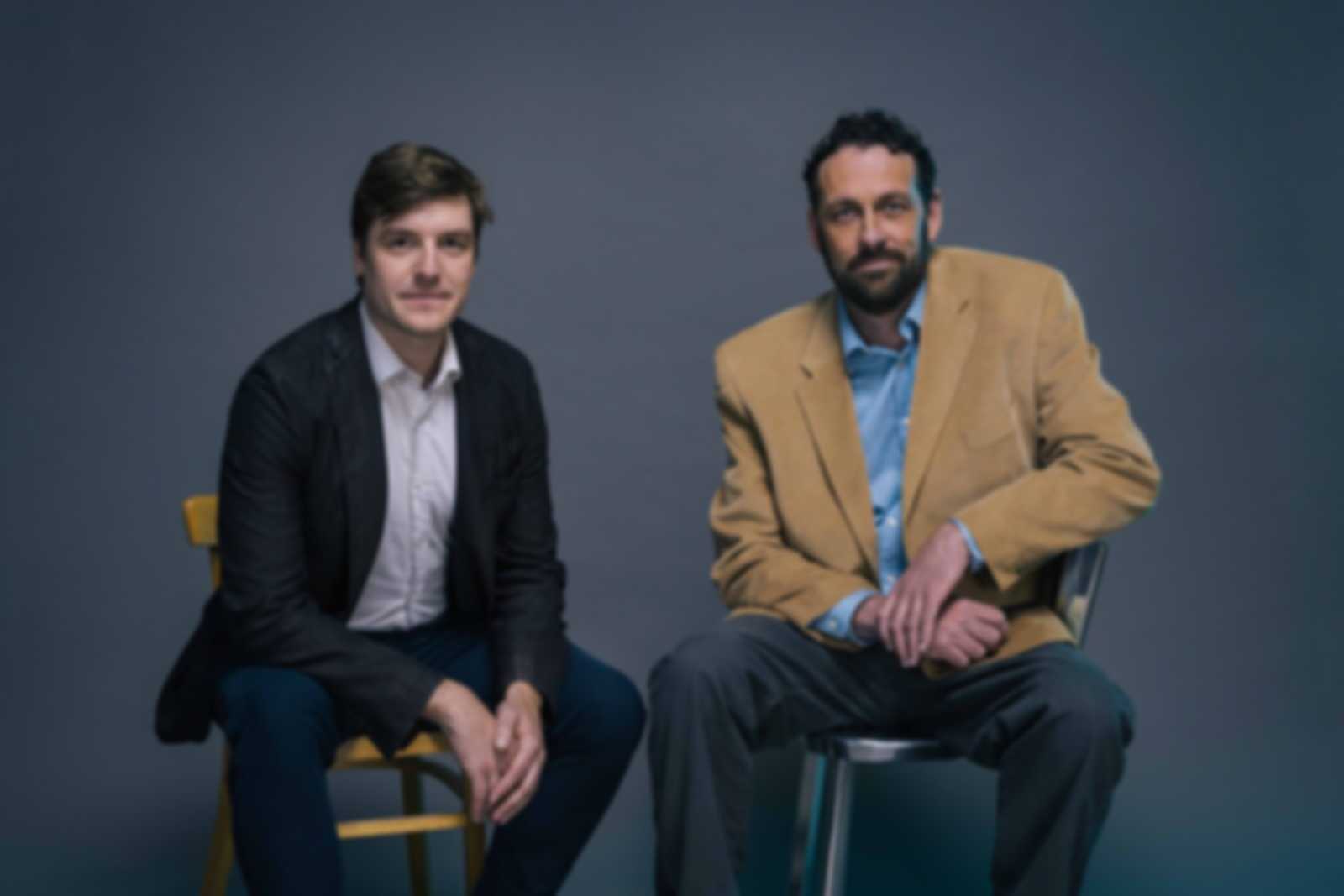
enaDyne
Using a novel plasma catalysis technology, the company enaDyne is able to convert CO₂ into methanol and other hydrocarbon compounds, which are highly needed by the chemical industry to produce durable plastics, with little energy input. Until now, these compounds have still been produced by processing fossil raw materials.
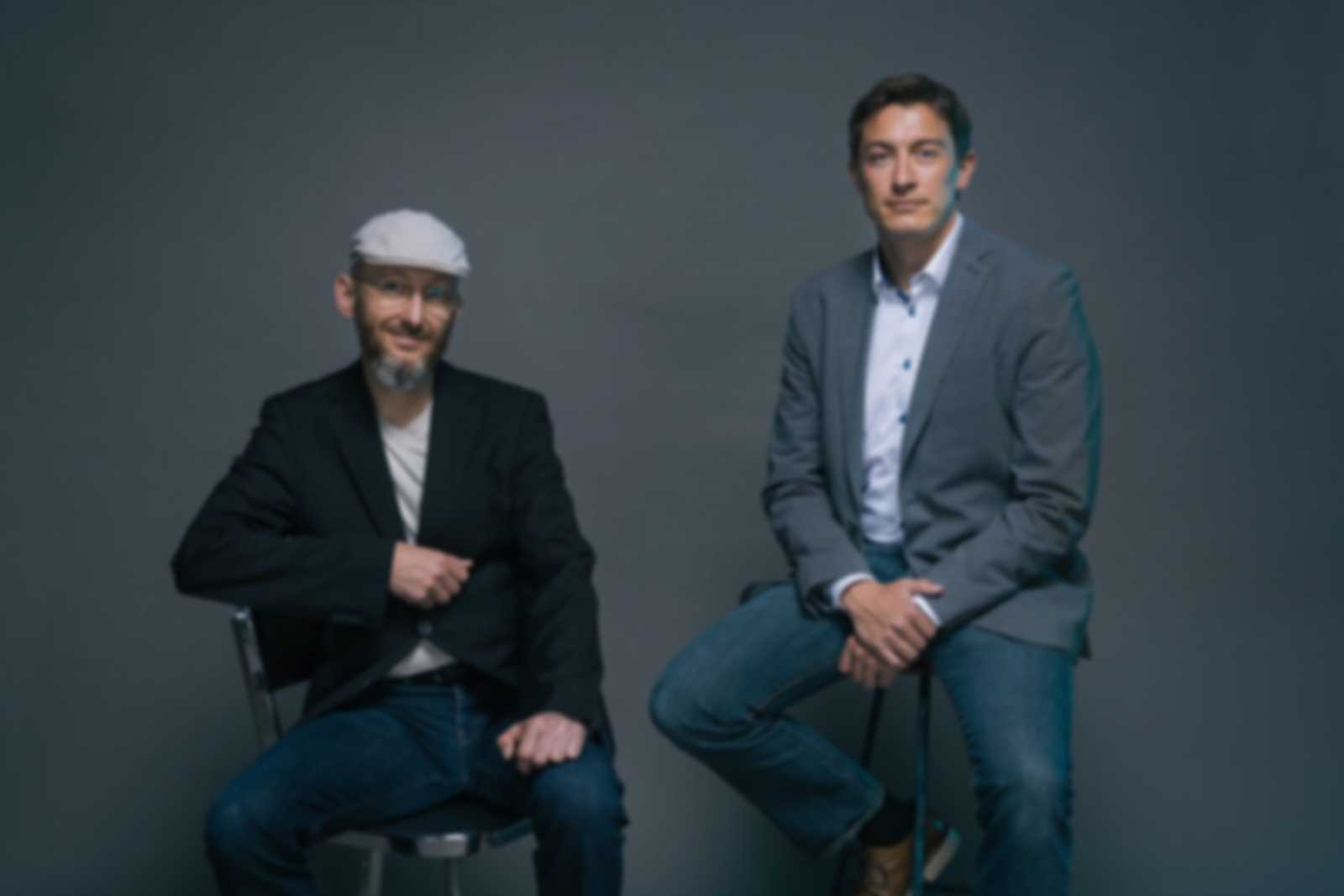
C-Cause
The C-Cause project is pursuing a similar goal. The team is led by the Alfred Wegener Institute and joined by the companies Carbonwave and Seafields as well as other research institutions. Huge sargassum farms are to be created in the oceans. Sargassum is an algae that grows very quickly and constantly extracts CO₂ from the seawater. Through the natural ocean-atmosphere exchange, this deficit is compensated and the atmospheric CO₂ concentration is lowered. In further processing, ethanol is extracted from the sargassum for plastic production. The advantage is that the CO₂ sequestration potential of the algae is many times higher than that of trees, for example, and also that there are no conflicts in land use, such as for food security. The C-Cause team is in regular contact with researchers from BASF on the possible integration of products derived from algal farming into future chemical industry value chains.
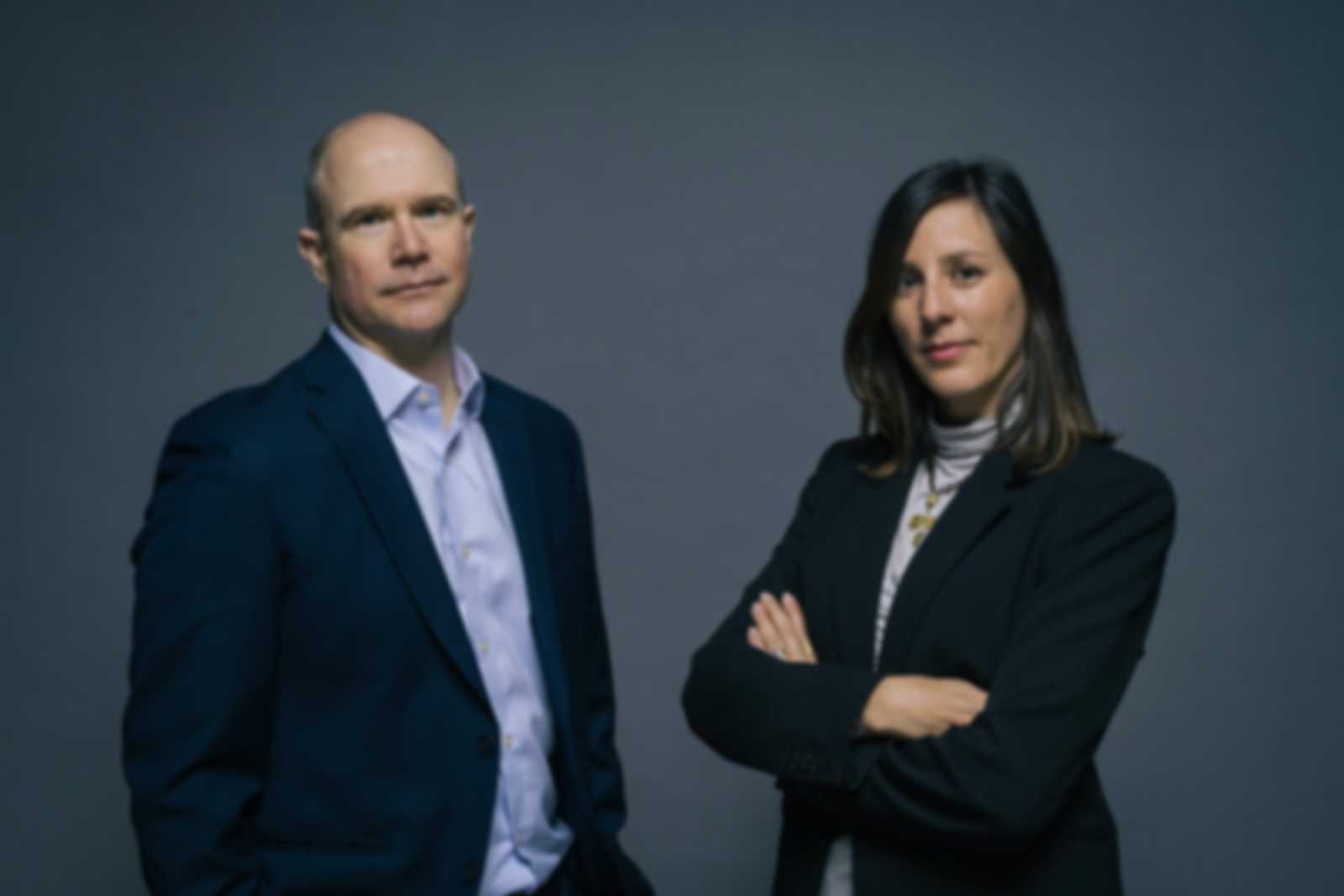
The teams now have twelve months to press ahead with the realization of their projects. SPRIND is supporting these with up to 600,000 euros each and intensive monitoring. Following this first stage of the Challenge, the jury will meet again to discuss the interim results, which will be used to decide which teams will advance to the next stage of the Challenge and continue to receive funding from SPRIND.
SPRIND CHALLENGES.
SPRIND Challenges are innovation competitions that aim to generate solutions to the major social and technological challenges of our time. They create a vision of a better future and gather the scientists, innovators and entrepreneurs who can make this vision a reality. Almost anyone can apply, whether a university institution, research institute or start-up. We are convinced that the potential for breakthrough innovations only becomes visible when they are put into practice. That's why the Challenge teams are funded quickly and unbureaucratically and start immediately in a multi-stage competition.
Find further information on the Carbon-to-Value Challenge here.
To see Breaking Lab's YouTube video on the Challenge, click here. (in German)
